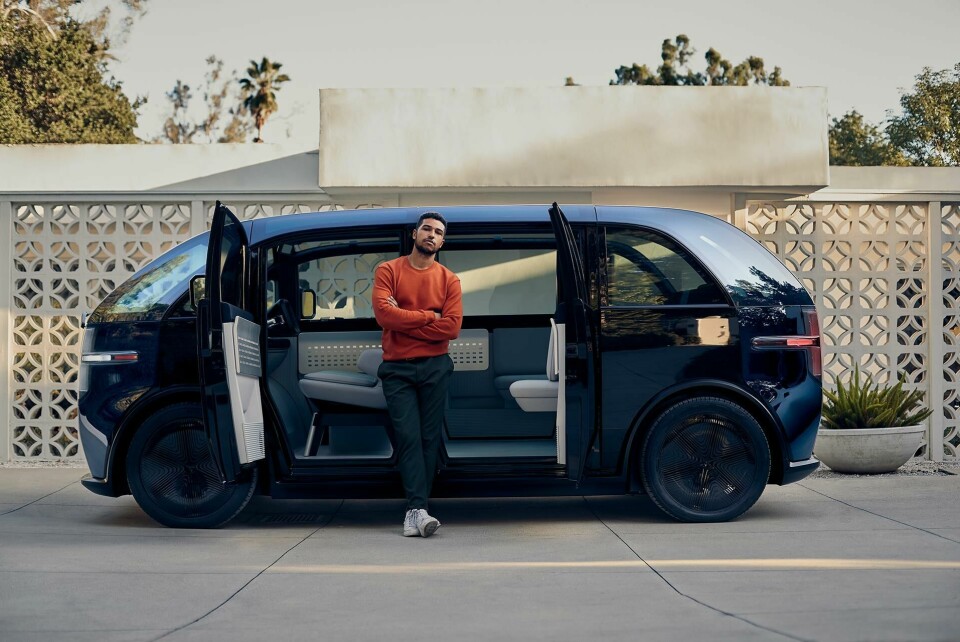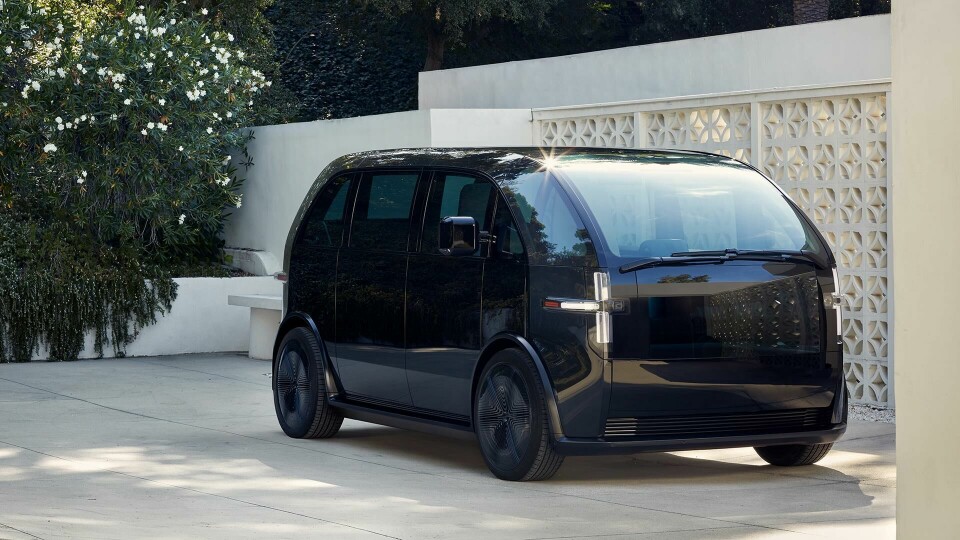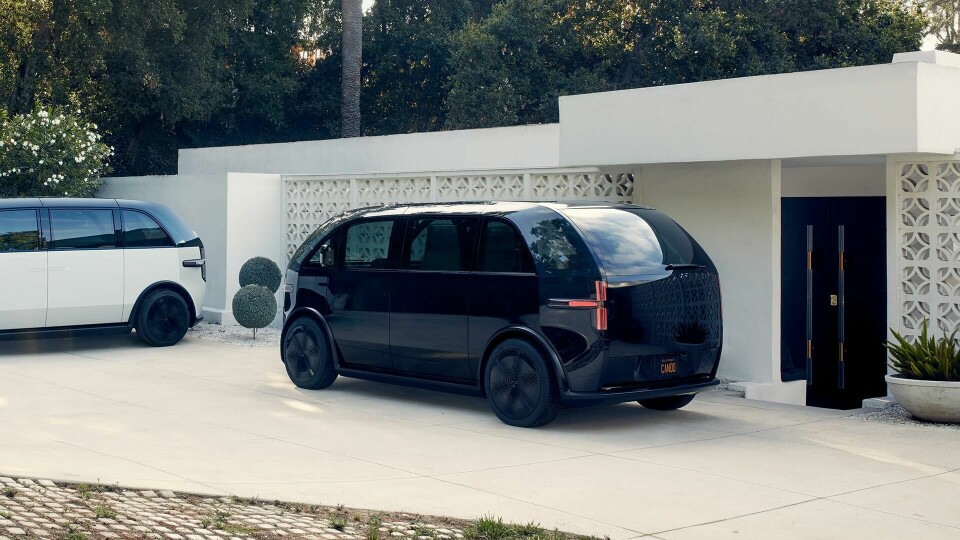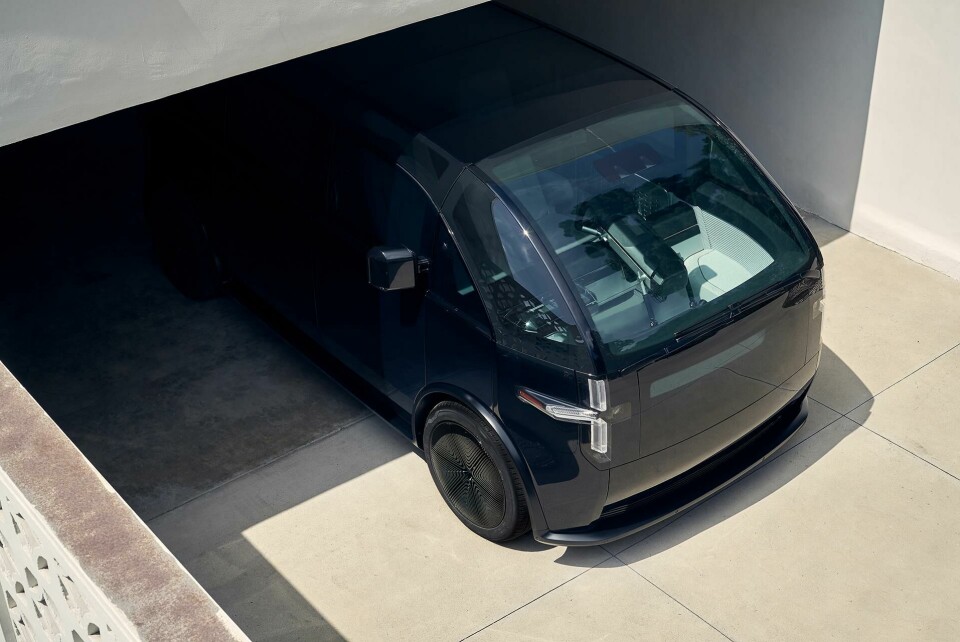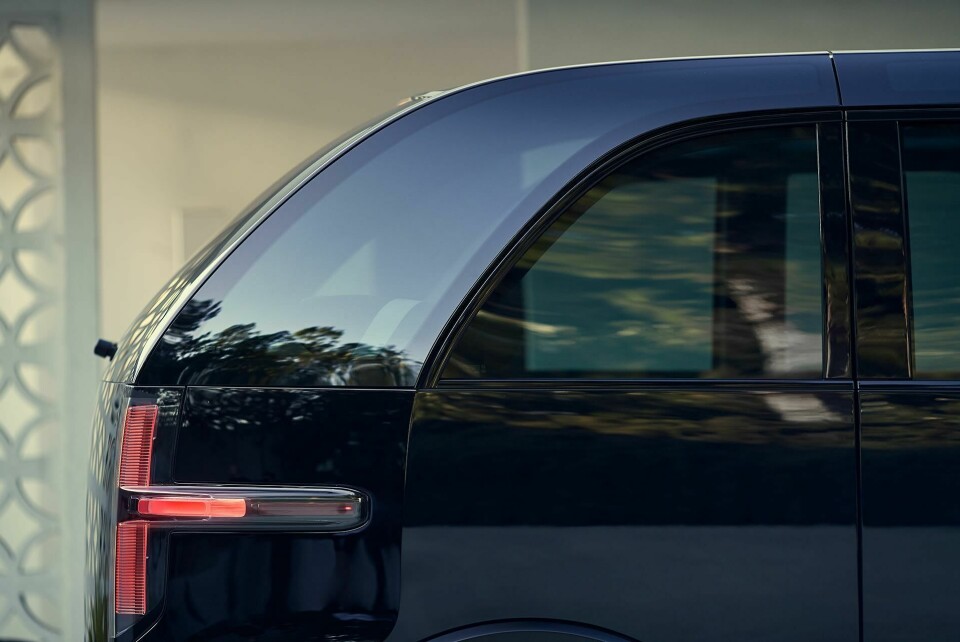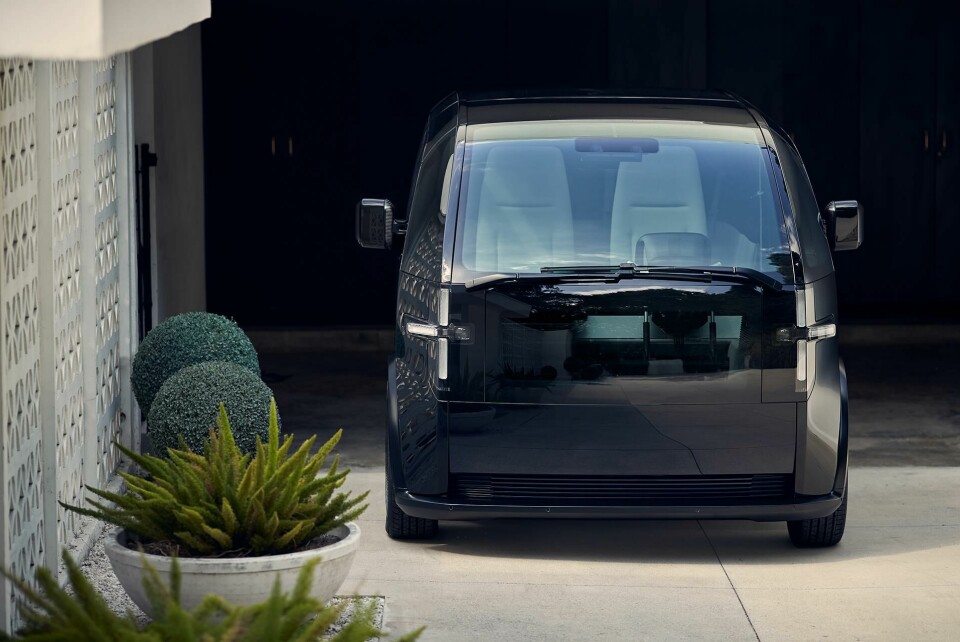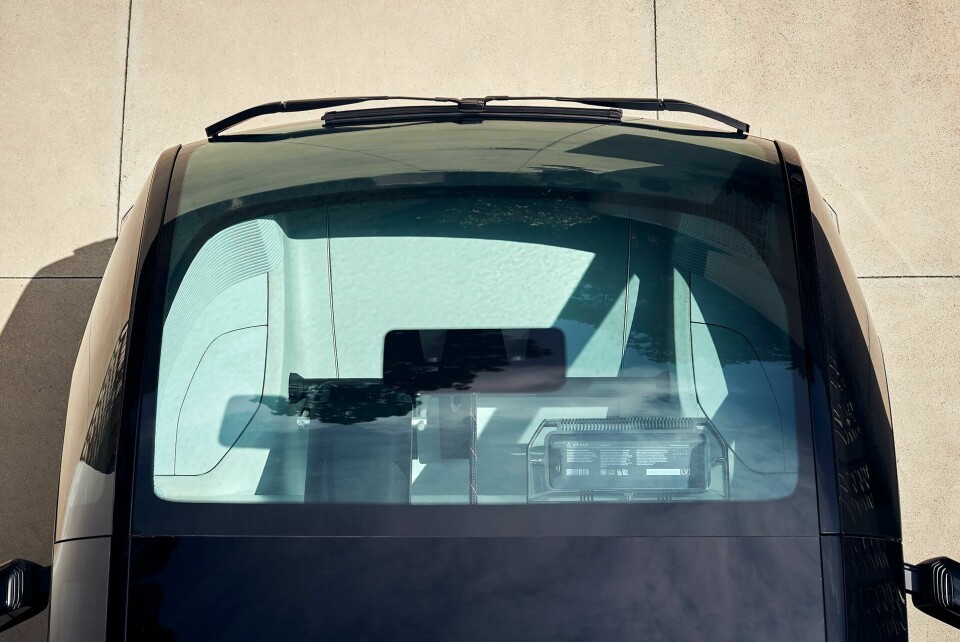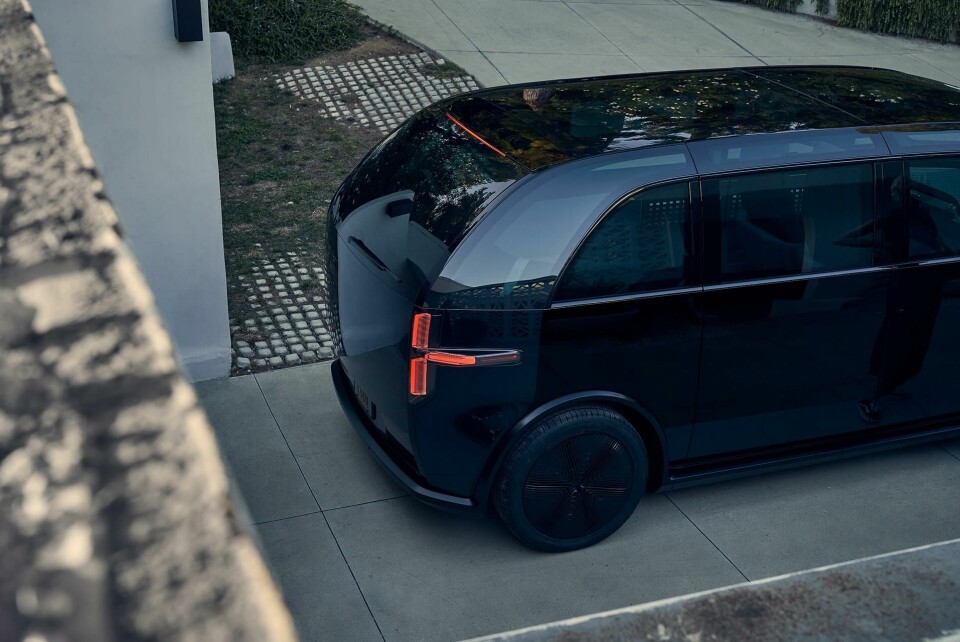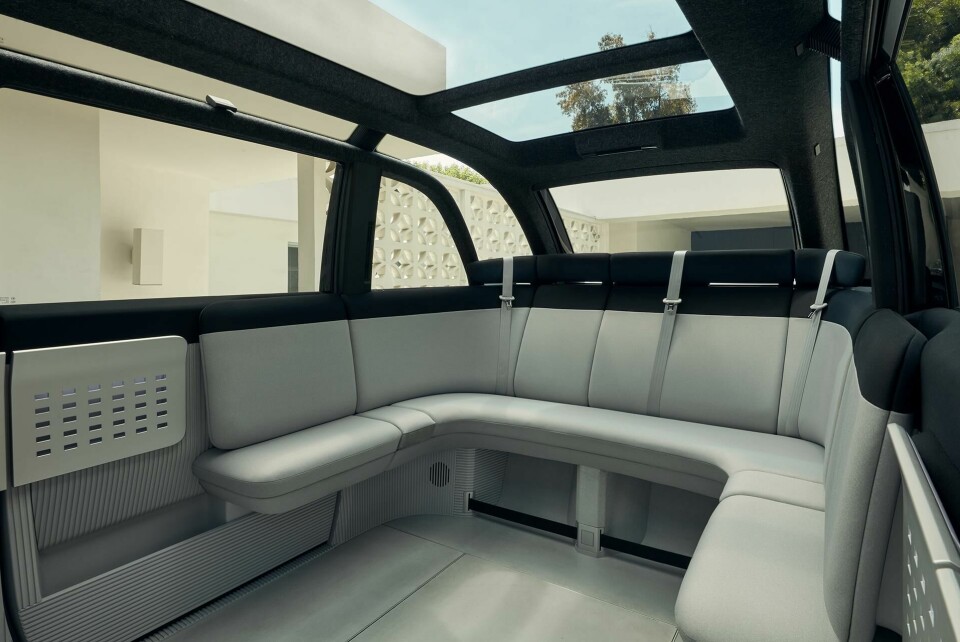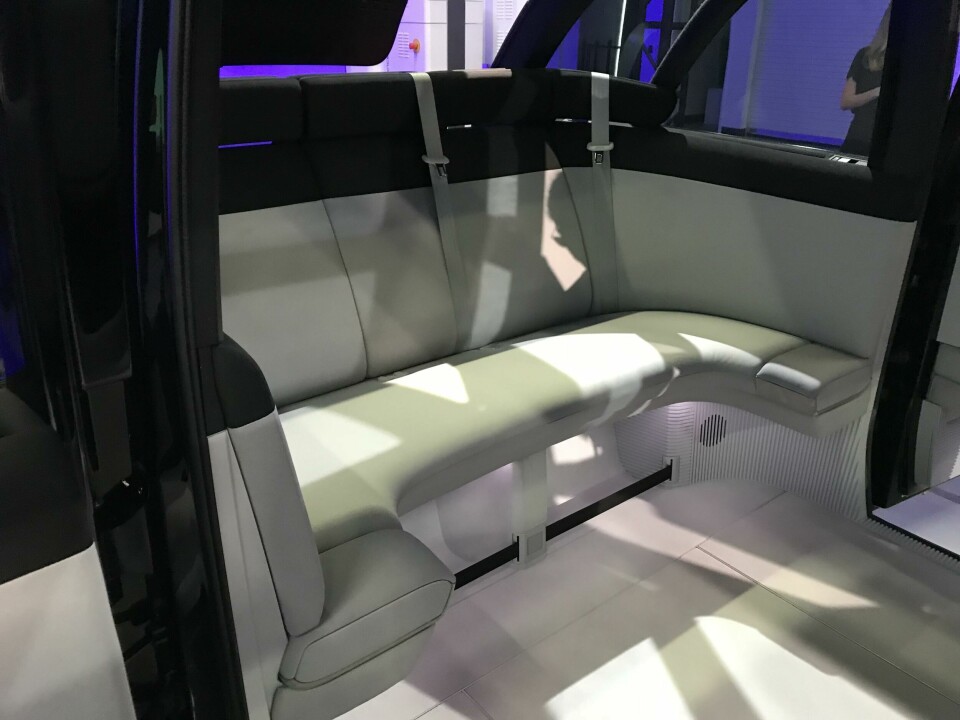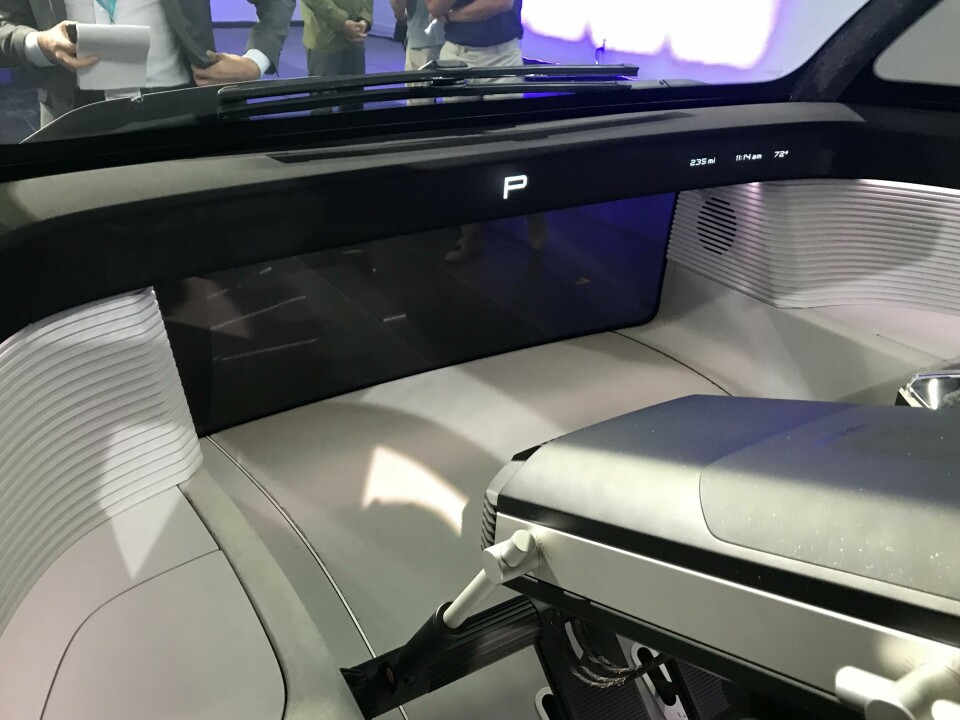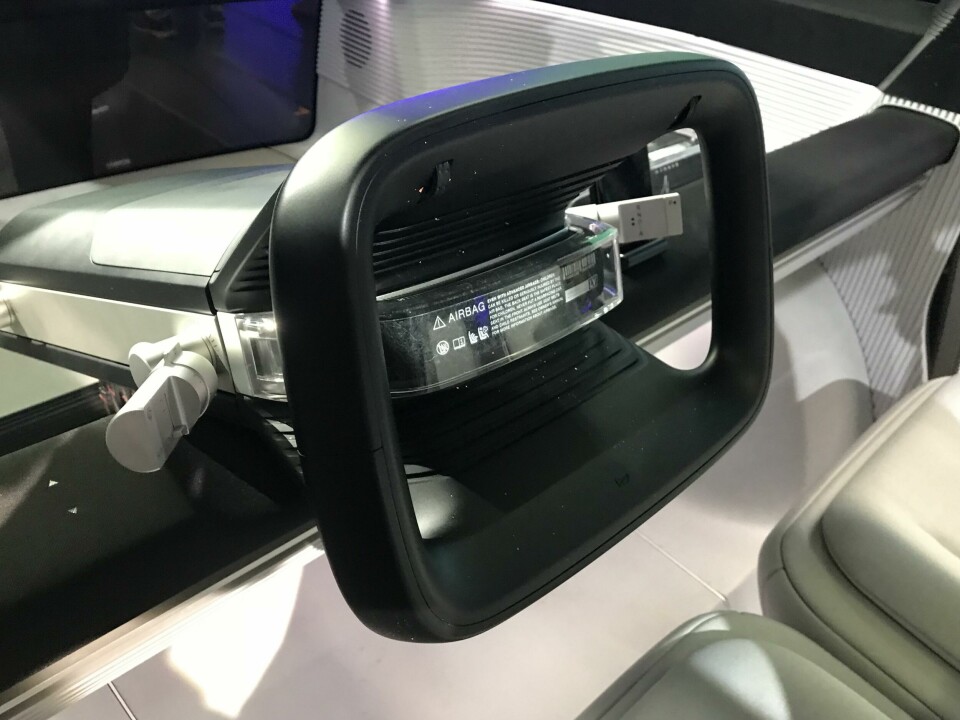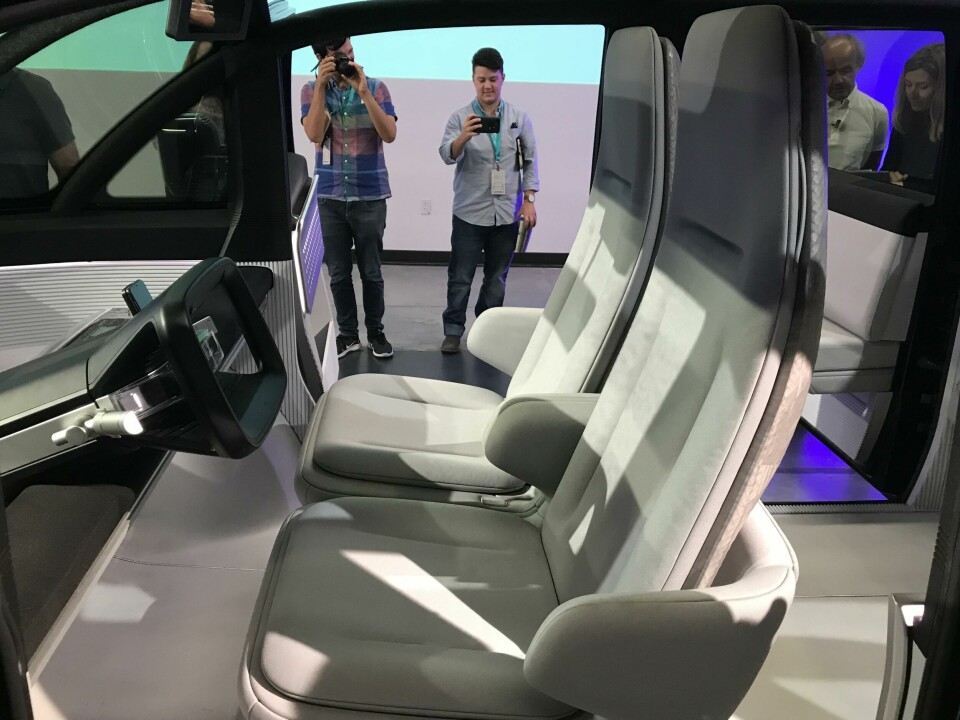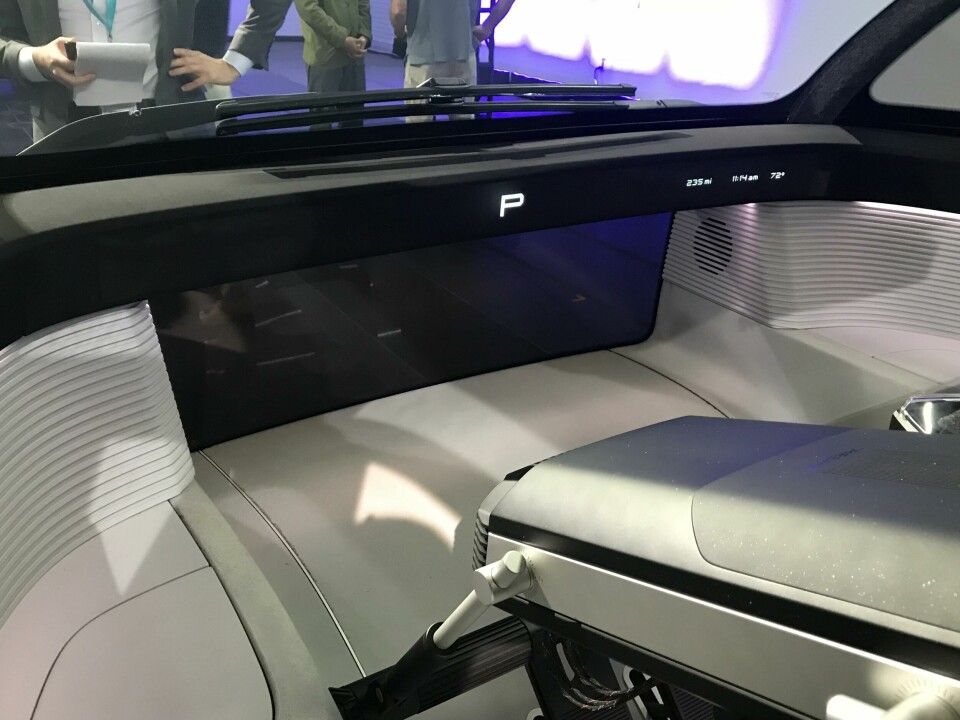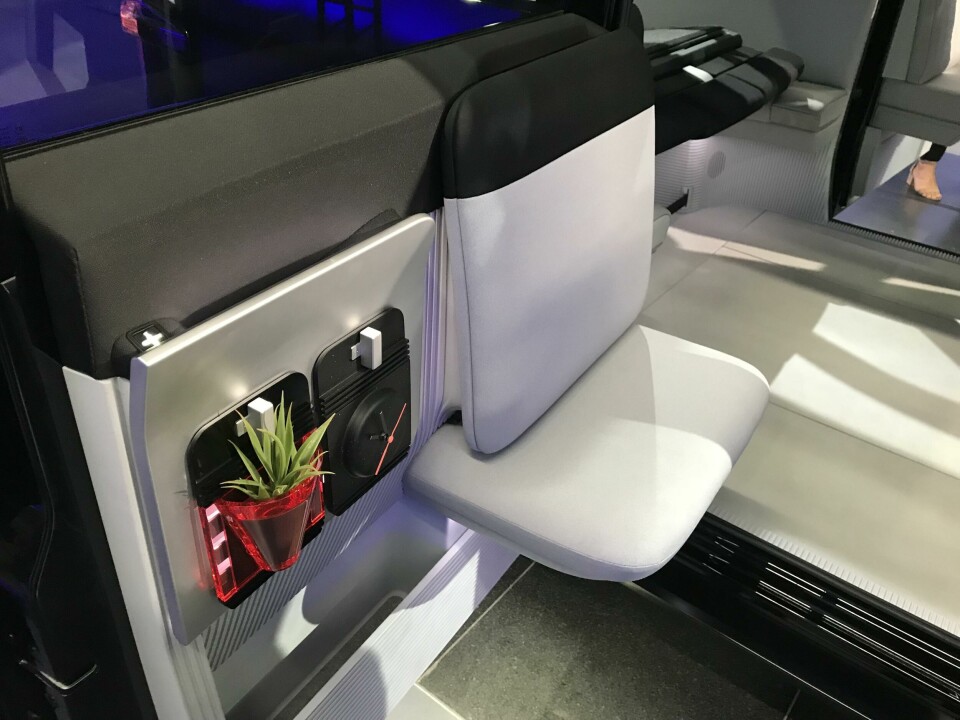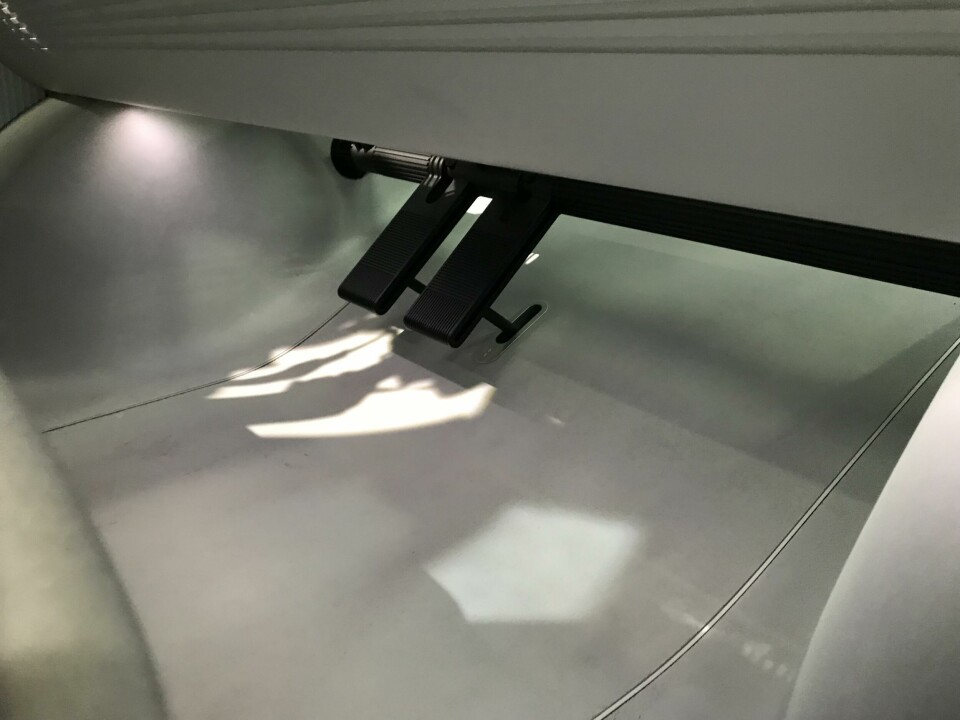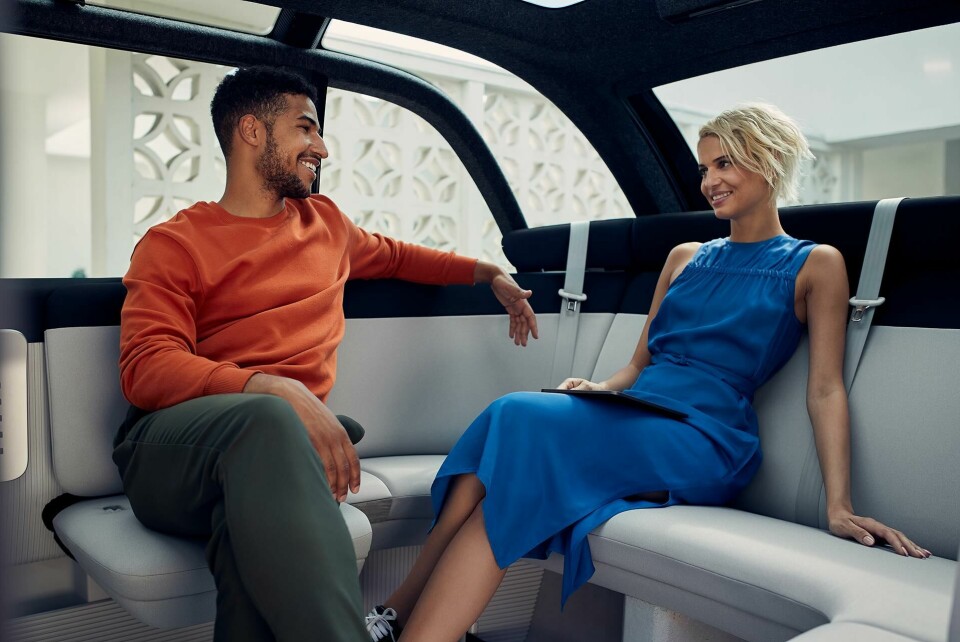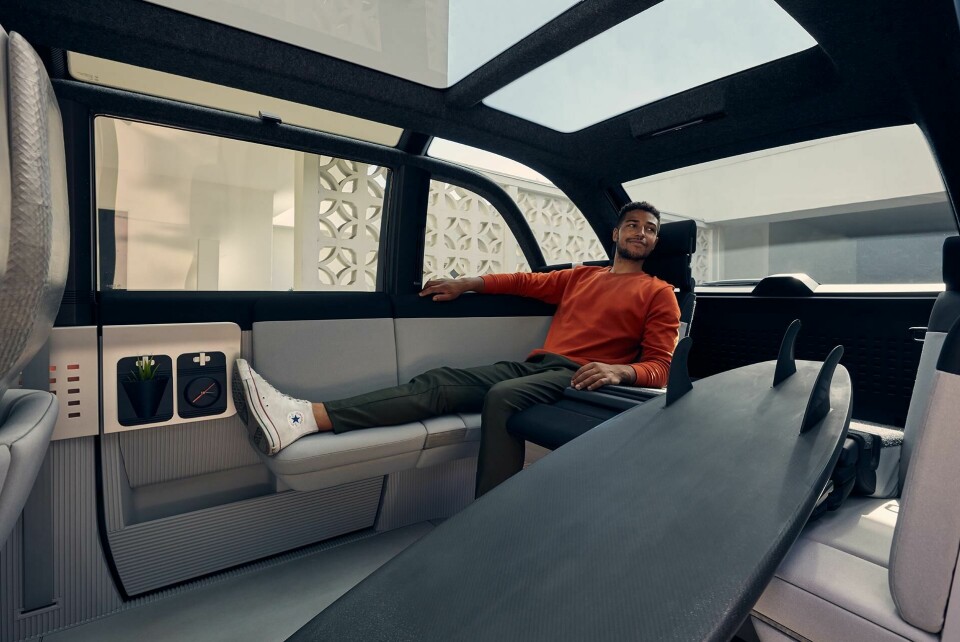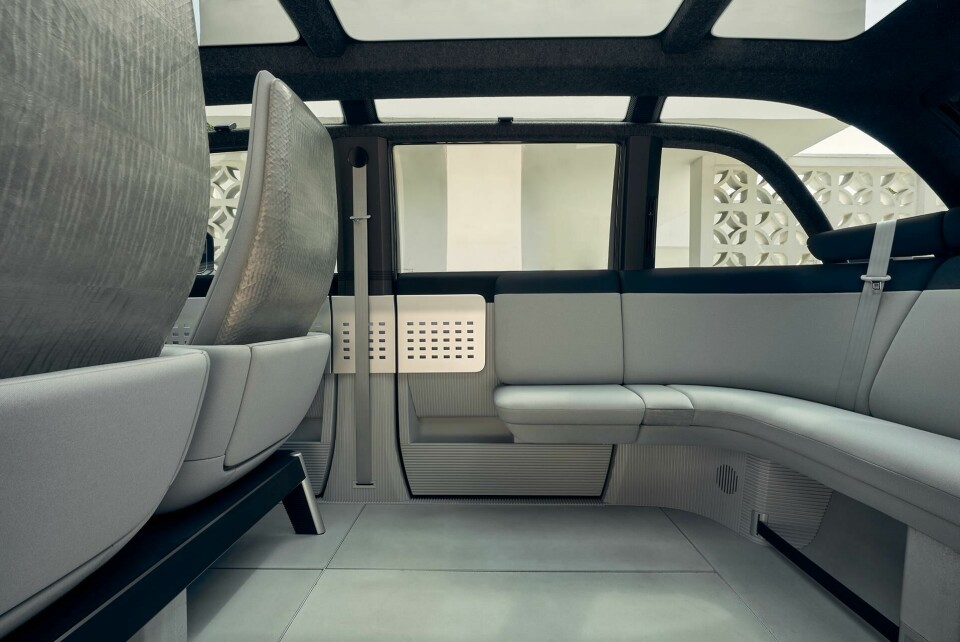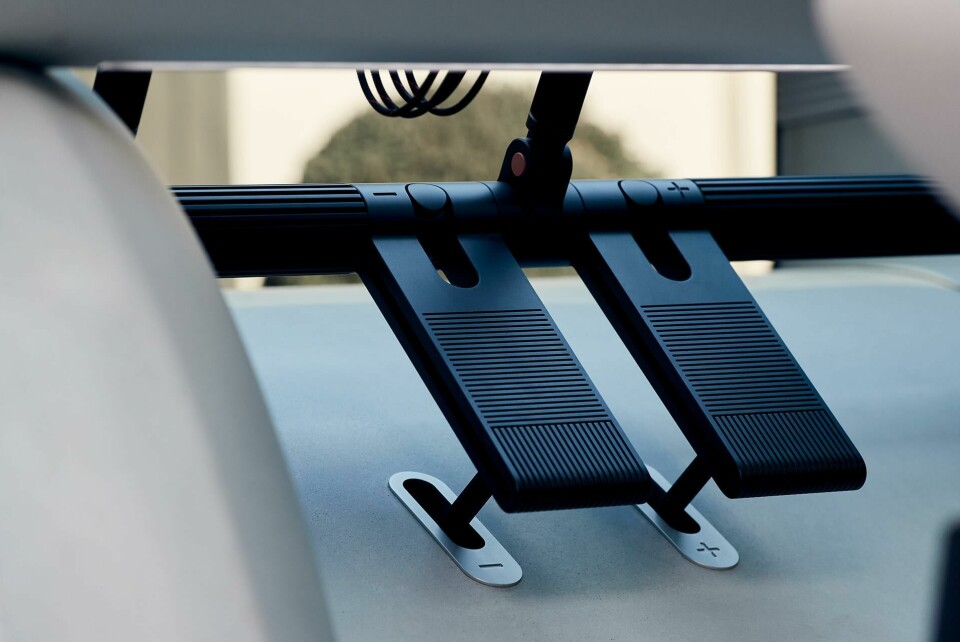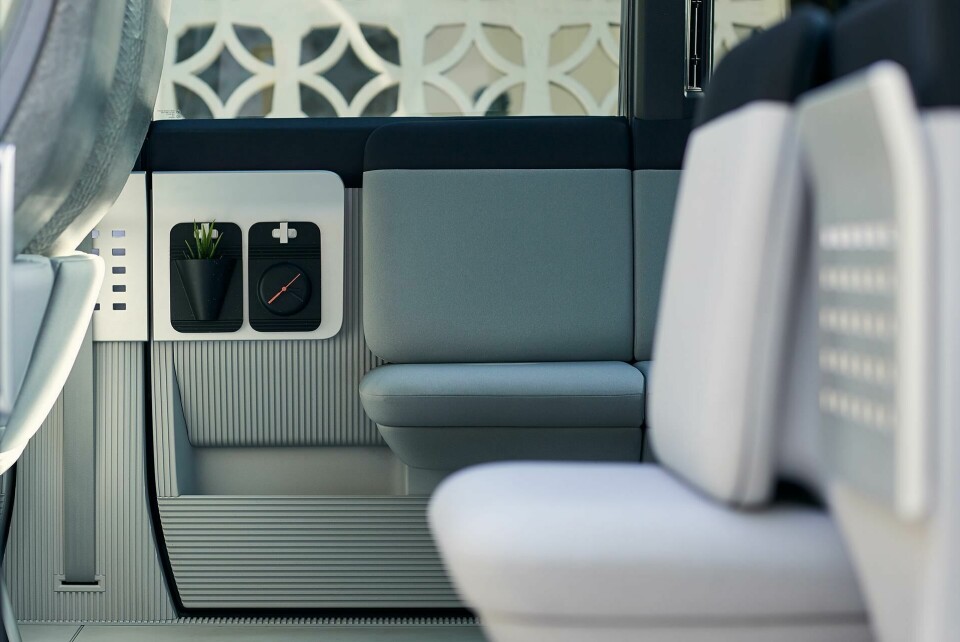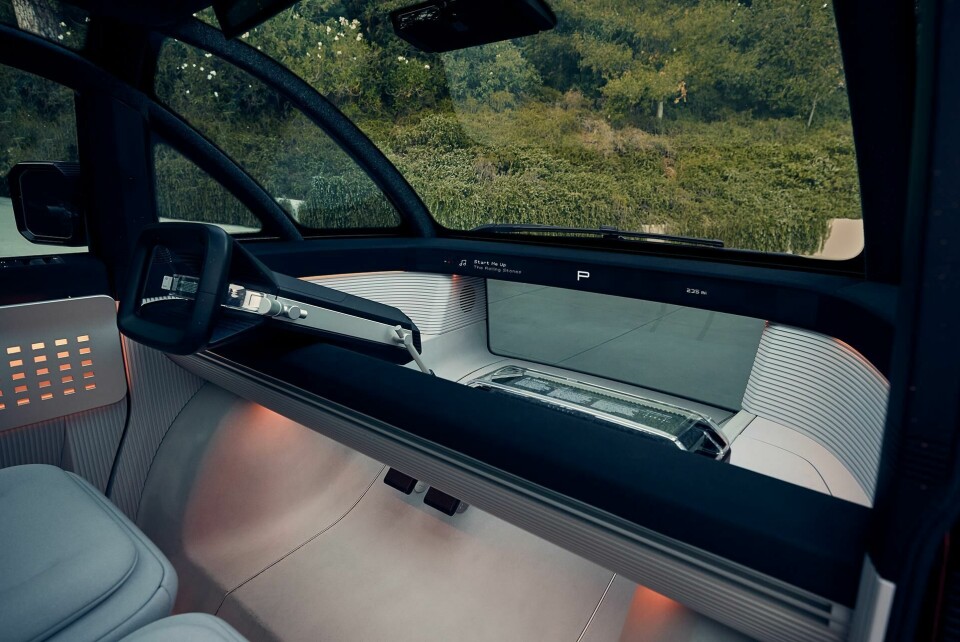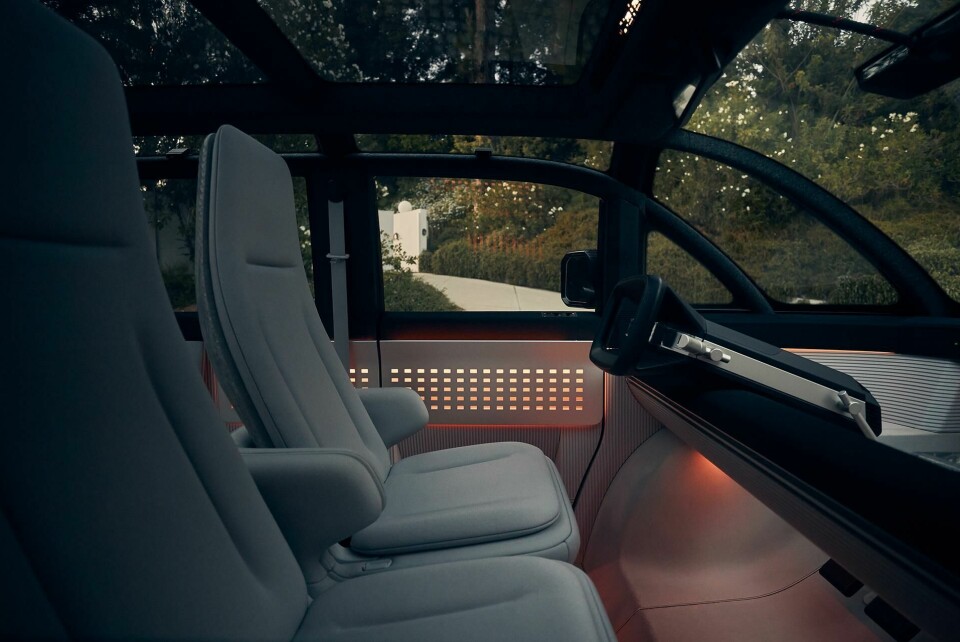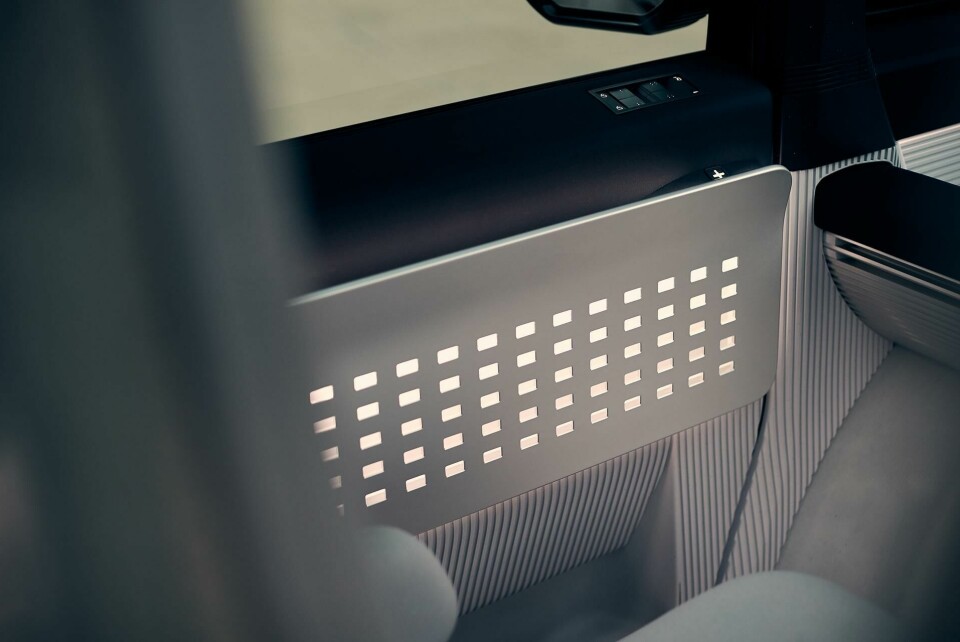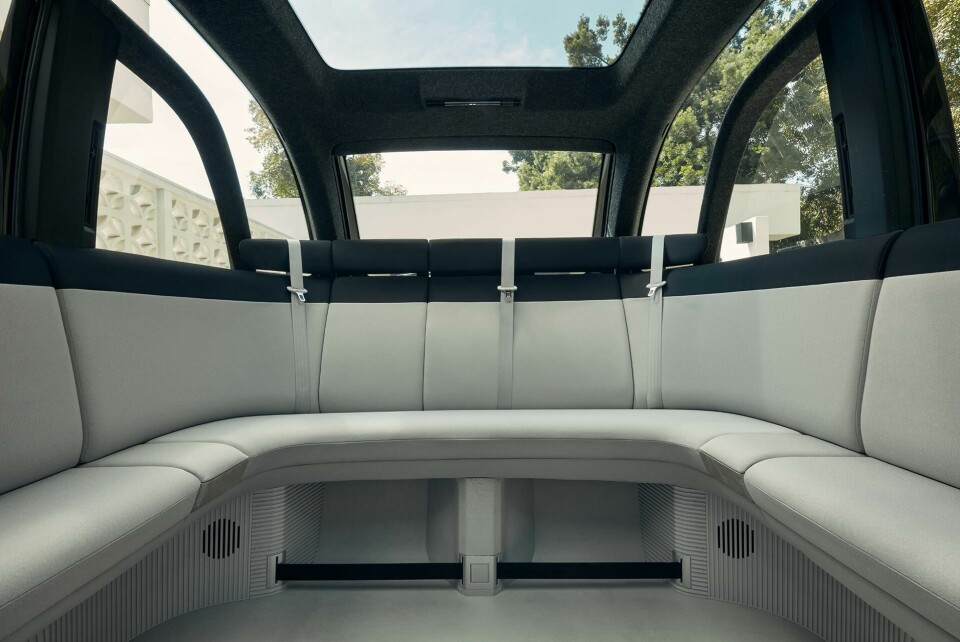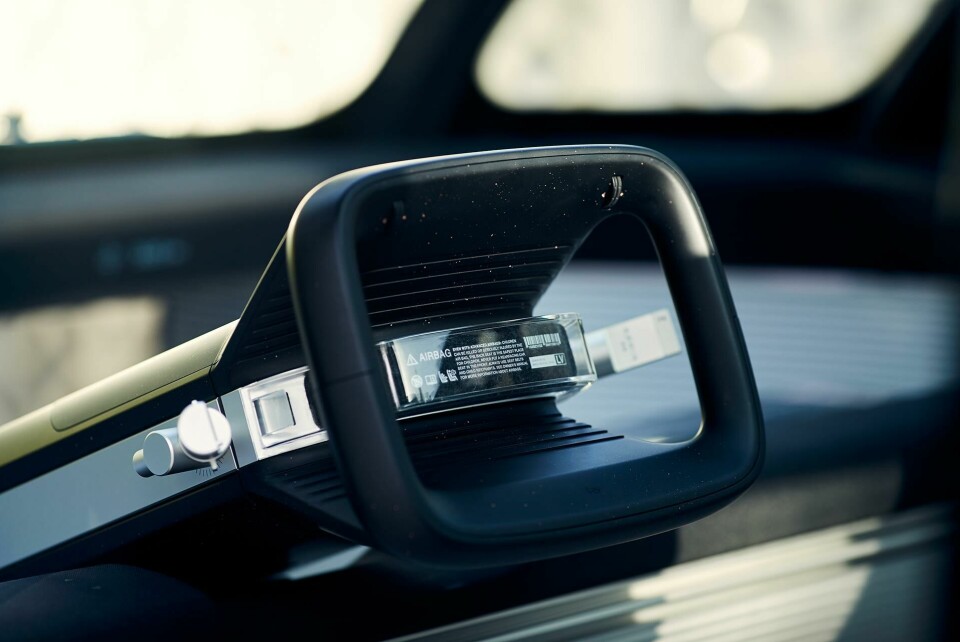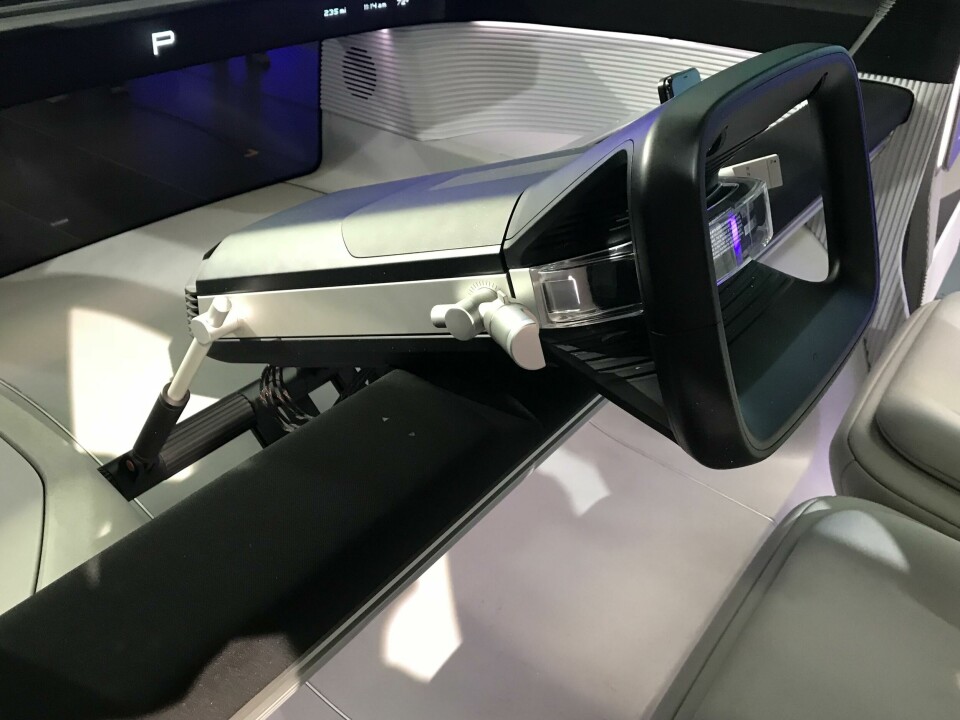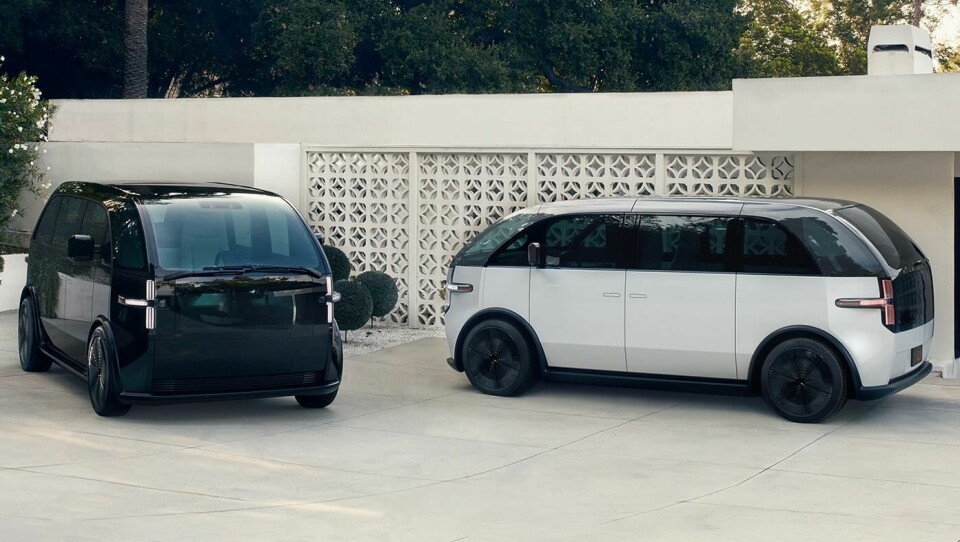
First Sight: Canoo’s canoo
A new automotive brand dedicated to electric power, a subscription model, and urban living
In 2017, former employees of Faraday Future formed a new automotive start-up, EVelozcity, hoping to create a new type of car for a new urban generation. Earlier this year, EVelozcity mercifully rebranded to become Canoo, and yesterday they introduced their first model, called, conveniently, canoo (with a lower-case ‘c’).
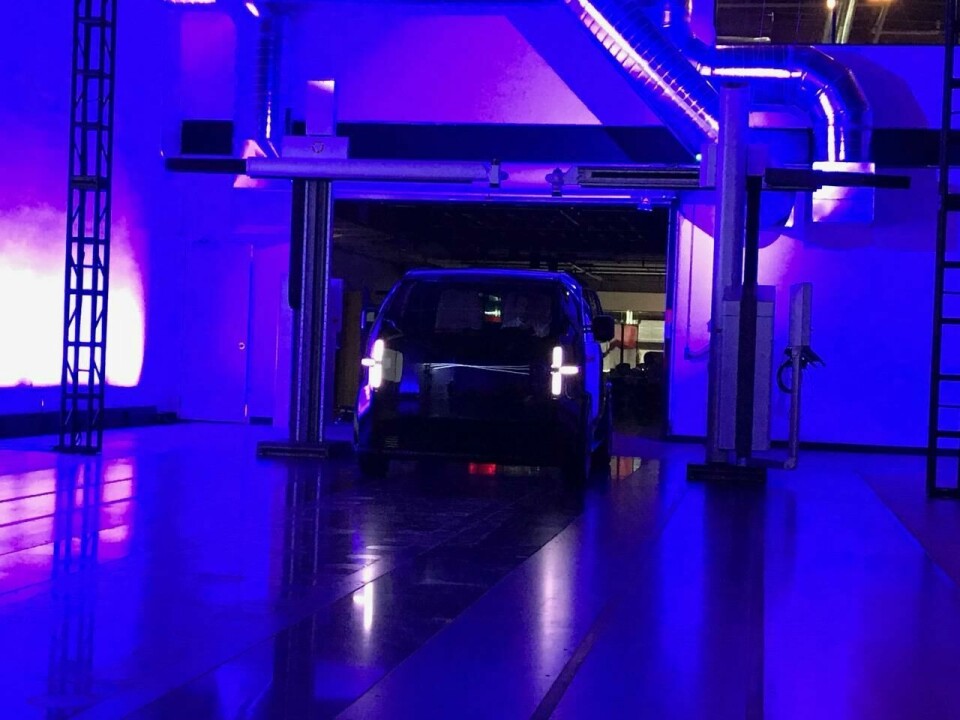
Canoo is a compact monospace on a skateboard electric chassis, with an open interior volume and room enough for seven passengers. Designed by a team led by Richard Kim (designer of the BMW i3 concept and production cars, the BMW i8 concept, and the Faraday Future FF91), the canoo’s minimalist form and interior space allow for a lot of customisation and modular interchangeability.
Canoo, the company, is also dedicated to creating a new business model for the automotive industry, using a new threefold approach:
- A business model that focuses on reducing production and infrastructure costs to make EVs more affordable to customers.
- A design capitalising on the space EV technology affords, catering to the needs of urban consumers both today and tomorrow.
- A subscription model that puts an end to ownership.
“We believe that the potential of EV architecture can enable a post-SUV era that addresses the ever-growing desire for space and value,” said Ulrich Kranz, ‘In Charge’ at Canoo (officers have very informal titles at Canoo).
The Skateboard is the Foundation
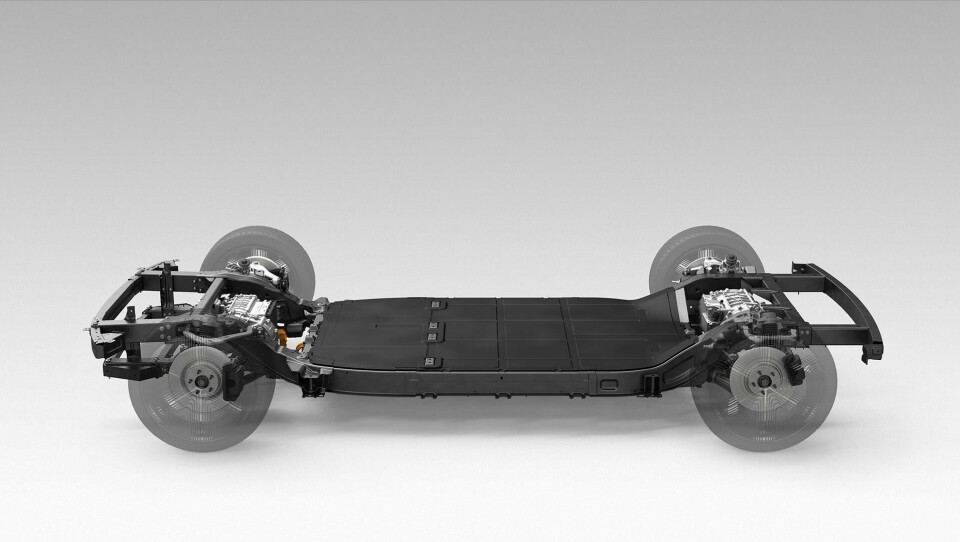
Canoo is built on an electric skateboard platform that has a number of improvements over the standard skateboard solution. The batteries, liquid-cooled cylindrical cell 21/700 units like those first employed by Tesla, sit within the frame and provide torsional strength, while using the frame and cold plates to dissipate heat. The battery pack is 80kWh, with an estimated range of 250 miles.
There is a rear-mounted 300hp motor with the possibility for a smaller one up front as well. Unique features like transverse leaf spring acts as anti-sway bars and add rigidity to the base of the car.
The skateboard can actually run by itself; no body, or “top hat” is needed. But a number of “hats” are envisioned for the skateboard, starting with the monospace revealed yesterday.
The Hat is a Monospace
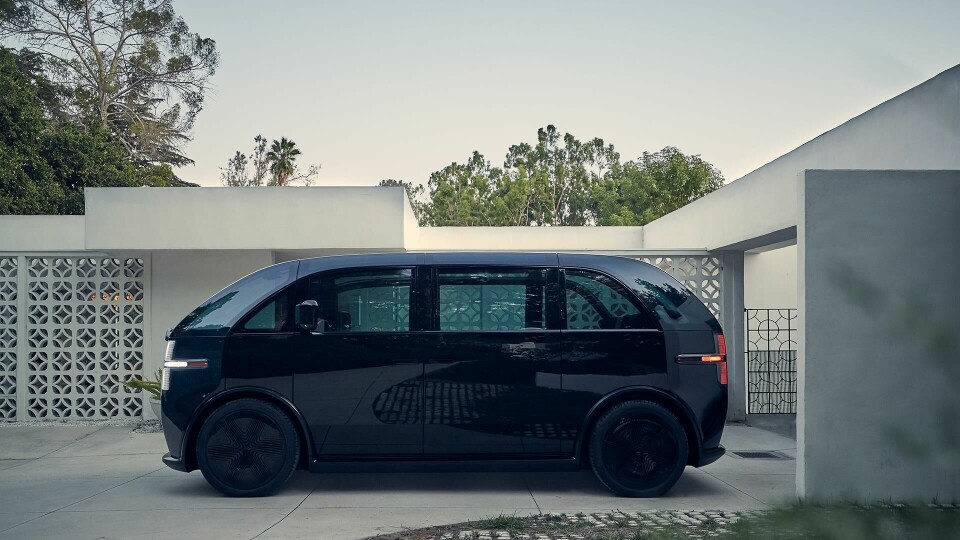
As mentioned, a number of body styles will be available, but first up will be the canoo monospace. The focus of this vehicle is maximum interior volume and usability with a minimum of packaging. The working metaphor for the design team is the urban loft; a place of maximum possibility with a minimum of artifice.
“Cars have always been designed to convey a certain image and emotion; however, we chose to completely rethink car design and focus on what future users will actually need. Thus, we came up with this loft-inspired vehicle,” says Richard Kim, In Charge of Canoo design.
Canoo’s canoo is 4400mm long and 1898mm wide – roughly the same dimensions as the Toyota Prius, but a bit wider and taller.
The canoo can seat seven passengers – two upfront, three in a couch-like rear seat, and two in jump seats along the doors – giving it the passenger hauling capacity of a larger SUV. When parked the cabin can act as a sort of lounge or clubhouse – a mobile “third space” that’s not work or home.
The Canoo business model does anticipate autonomous travel, but that is in the future. For the moment a traditional, ‘squircle’ (squared circle) steering wheel and foot controls are standard.
But the UI, you bring with you. The IP contains a dock for your phone or tablet which uses a Canoo app and your favourite infotainment to augment the minimum strip of information (like speed and temp, gear selection, etc.). Steering is by wire – literally, as wires connect the steering module in front of the driver, to the turning module in the suspension. This also makes it easy to switch driving sides for different markets.
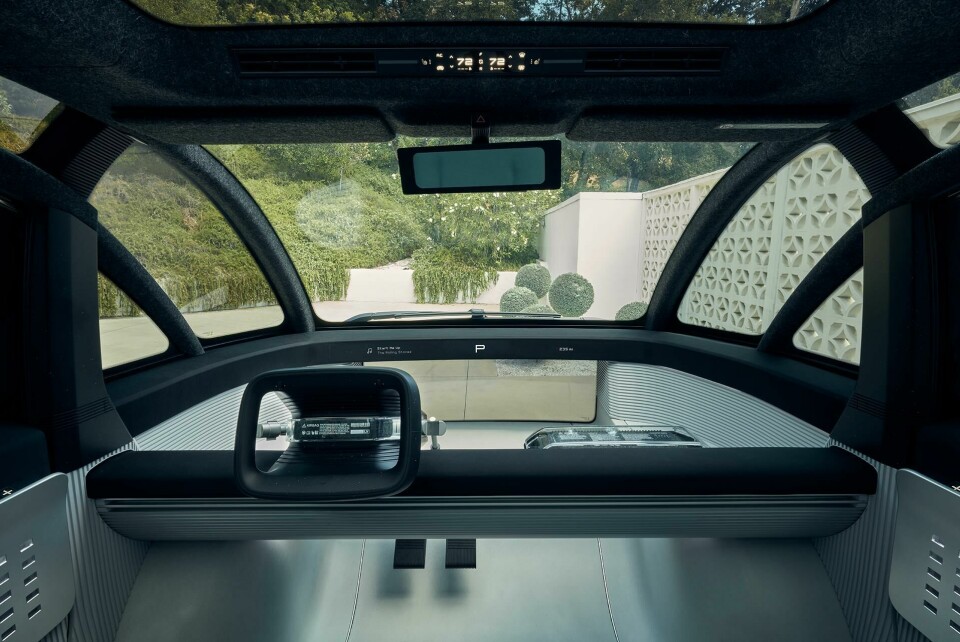
Design-wise, one can’t help but get a nostalgic whiff of FIAT 600 Multiplas or Volkswagen Samba microbuses, with their 21-window configurations. This is anything but a retro-mobile however, with the excellent packaging afforded by the advanced electric skateboard. But the design does bear witness to the power of the monospace over the decades.
Subscribe, not Own
One subscribes to Canoo, there is no ownership. Subscriptions will start on a month-to-month basis, with no minimum contract length. Subscriptions will cover the car payment, and insurance, registration, and maintenance, perhaps even charging. Specifics, including costs, were not available. There are no dealers or showrooms planned for Canoo, as everything will be handled through the Canoo App.
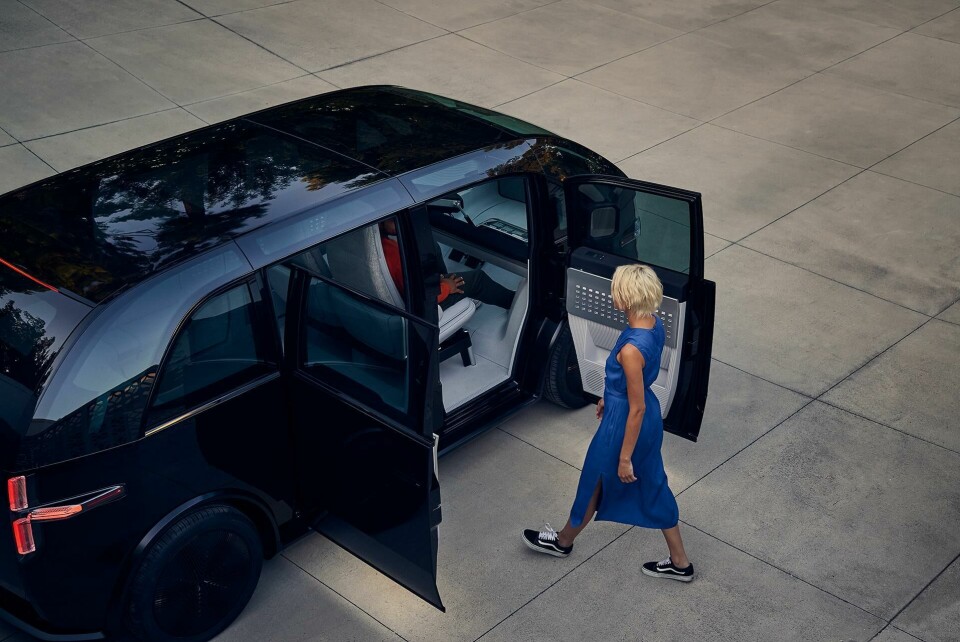
Canoo’s manufacturing will contracted out, as befitting an automotive company dedicated to a lean-asset approach to the business. In the future, a fastback sedan and a delivery truck a will share the canoo’s skateboard platform. Canoo will initially be offered in the Los Angeles area in 2021, with expansion to San Francisco Bay Area and then Seattle. Other cities will follow.
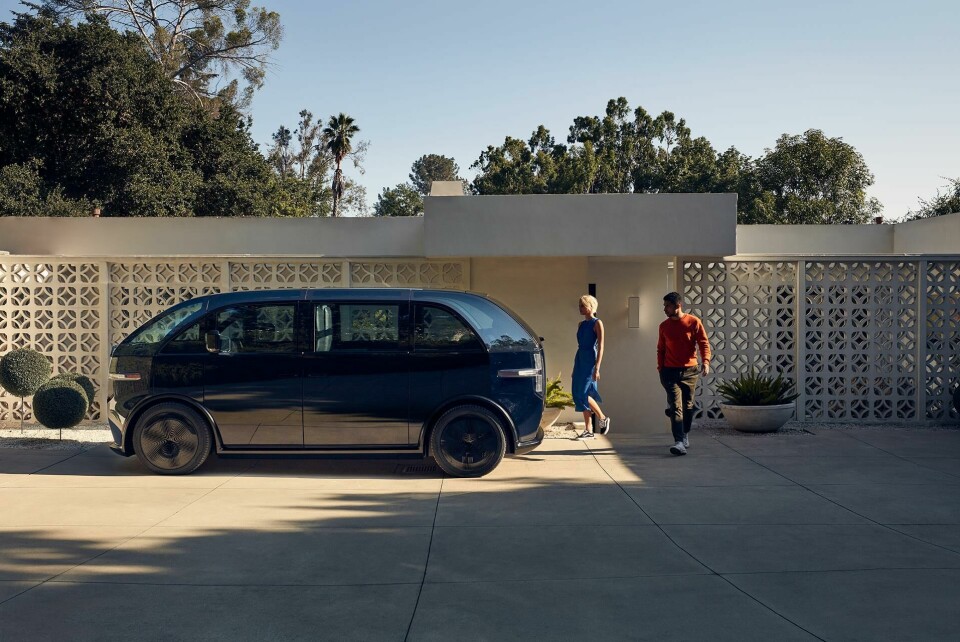
Canoo will have public appearances in this autumn in Los Angeles to introduce the car and the subscription concept. Stefan Krause, Co-Founder of Canoo, introduced today’s kick-off ceremonies, and will also speak at Automobility L.A. conference in November.
We will be there, and hopefully the canoo concept car will be as well.
We will have a special interview with canoo’s designer Richard Kim here at Car Design News in the coming days. Also, over at our sister publication Automotive IT international, we will have an interview with James Cox, In Charge of Product (Tech). Mr. Cox will talk about Canoo’s subscription model.
